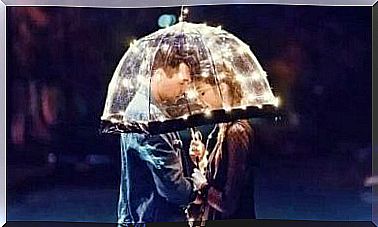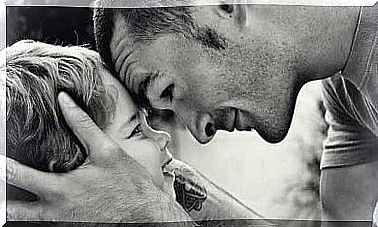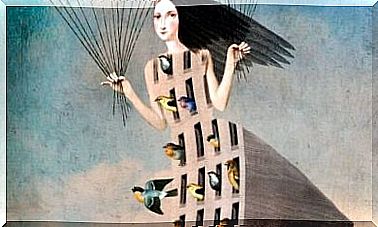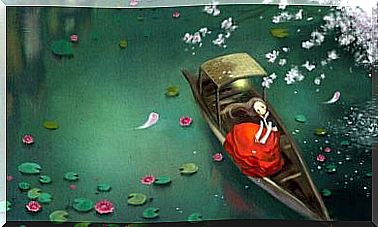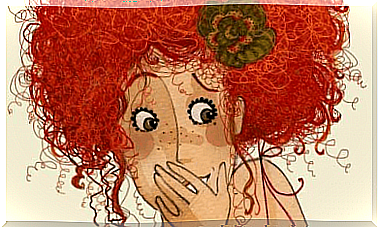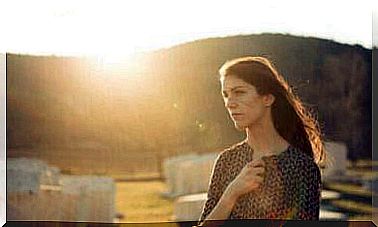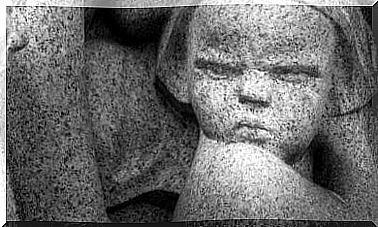The KiVa Method: A Strategy To End Harassment
Harassment or “bullying” is a repeated form of violence which produces damage in the victim at various levels, from social relations to self-esteem. Its goal is to submit through intimidation. Even though we associate it with schools, it can spread to social networks and in different places. The consequences are disastrous for the victims, both physically and psychologically. To fight against this scourge, the KiVa method was created in Finland.
The protagonists of this situation are often minors, at the time of adolescence, and unfortunately it is a type of violence that takes place in many societies. Even if it is obvious that technology, especially that of the Western world, has made the spaces where the victim feels safe have almost disappeared.
“Never do anything wrong to make or keep a friend.”
-Robert E. Lee-
What is most worrying about this situation is the increase in cases in recent years in schools. Worse still, some school bullying situations are so intense and frequent that the victim sees only one way out: suicide. This is why in some countries of the world, we are starting to take measures to resolve this problem.
Finland, an example for the world
Experts report that in some schools, harassment exceeds 70%. This is why they asked the educational community to recognize this fact. On the other hand, and this is even more important, preventive measures where mistreatment and harassment are incipient have been taken.
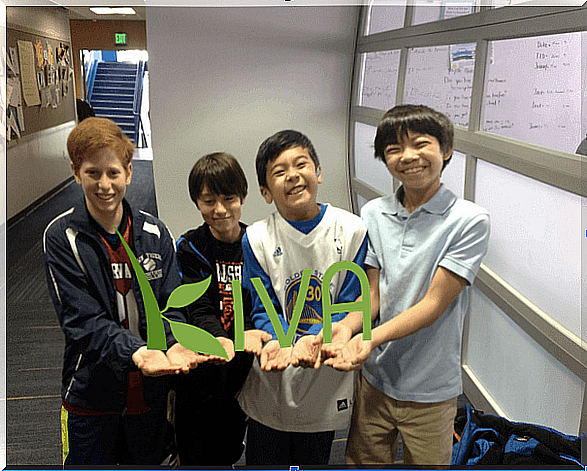
Finland is therefore an example for the world with the creation of the KiVa method, the results of which give hope. This Nordic country saw the eradication of bullying in the education system as a challenge. And thanks to this specialized intervention, Finland has succeeded in reducing bullying at school by 90% in recent years.
It has earned it much praise around the world, and to occupy the first place in terms of quality of primary and higher education. In addition, it is at the top of the ranking of the
Today Finland is considered one of the most innovative and creative countries in Europe and the world. You should know that the consequences of bullying do not affect only the people involved, but the entire educational community and families.
What is the KiVa method?
The word KiVa comes from the first two syllables of the term “school bullying” in Finnish. The application of this revolutionary method spread in educational centers and its success was not long in showing itself. So much so that educators consider it an essential tool for working with their students.
The KiVa project was the result of an “express” request from the government to the educational community of the country, because of preliminary and worrying studies on school violence. Faced with this request, professionals from different sectors and institutions worked together to develop the KiVa method.
In its experimental phase, this program has shown surprising results. During the first year, bullying was reduced by 41%. After several years, school bullying had decreased by 80%. All this, moreover, motivated the pupils and students to study more and achieve better grades. These spectacular figures speak for themselves, which has aroused unusual interest in educational establishments around the world.
The good idea of the KiVa method was not to focus exclusively on the confrontation between the stalker and the victim. The gaze was directed towards the spectator, who indirectly participated in the abuse in question and reinforced it. It was not about making the harassed person reveal their feelings that resulted from the harassment, nor was it to make the aggressor feel empathy for their victim.
Decipher the puzzle
The key was in the action on the students who witnessed the situation and who, in general, responded with laughter. These viewers might have a tendency to rejection during the assault, but they ended up internalizing it as something normal or even fun. Thus, the purpose of the KiVa method was to influence the spectators so that they do not indirectly participate in these harassment situations.
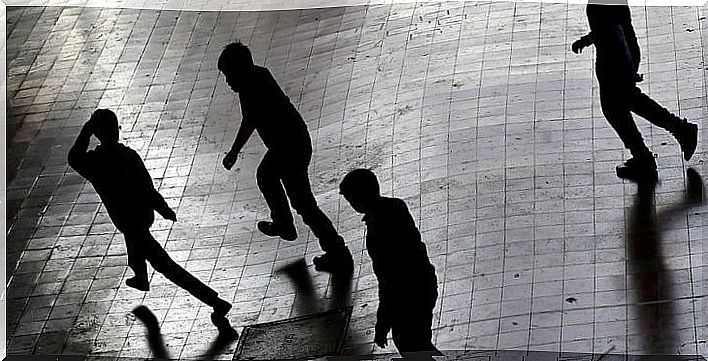
The program, in its initial stages, was concerned with educating children aged seven and over. He was trying to get them to identify the different modalities of harassment. This instruction consists of courses, in which we comment and analyze different themes related to school mistreatment. You also learn empathy, respect for others and moral values.
Educational resources such as video games, textbooks and debates are used. All this is reinforced by instructions to the teachers, supervision during recess and support in group work. We even created a virtual inbox on which the student could report a case of abuse, whether he was himself affected or whether he was a witness to it.
Results of program application
In each school in which this method was applied, the principal selected a group of three adults responsible for the course. They ensured the respect of the method and learned to use the tools which make it possible to detect in time and to make research on all the risks of school bullying in their school.
This process includes dialogue with the harassed person, to calm him / her, and with the aggressor, to sensitize him / her. On the other hand, they talk with the spectators about the harassment, because it is the cornerstone of the project. Eventually, there was a follow-up verification, and in most cases, the result was positive.
The drastic change generated by the implementation of the KiVa method in Finnish schools is proof of its potential. Its application, at an early age, produces better results. In addition, it helps repair cracks in educational and family structures.
When minors are educated not to support, actively or passively, this type of violent behavior, we can see a change in mentality operating in them. Such programs materialize in successes thanks to people who think they can change a society, make it more coercive, fair and united.
Also read:

